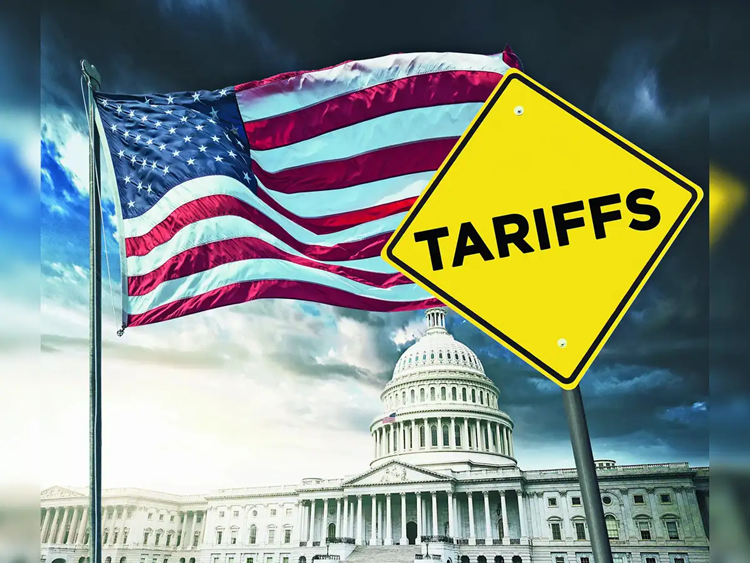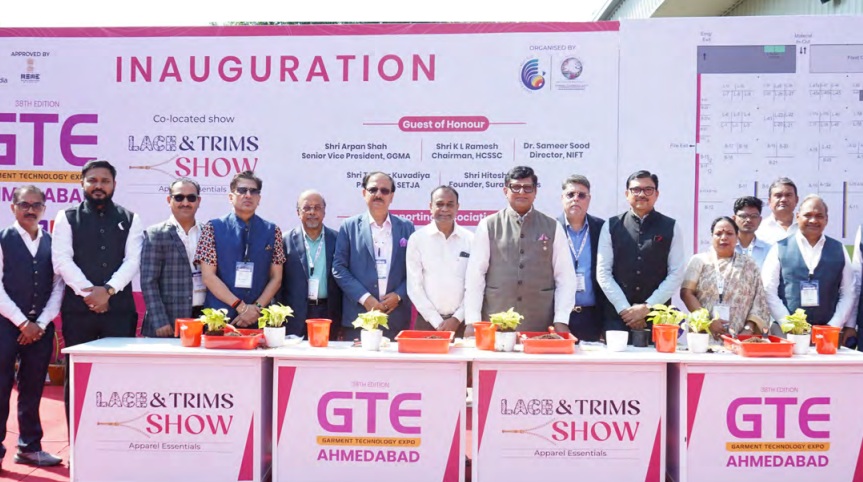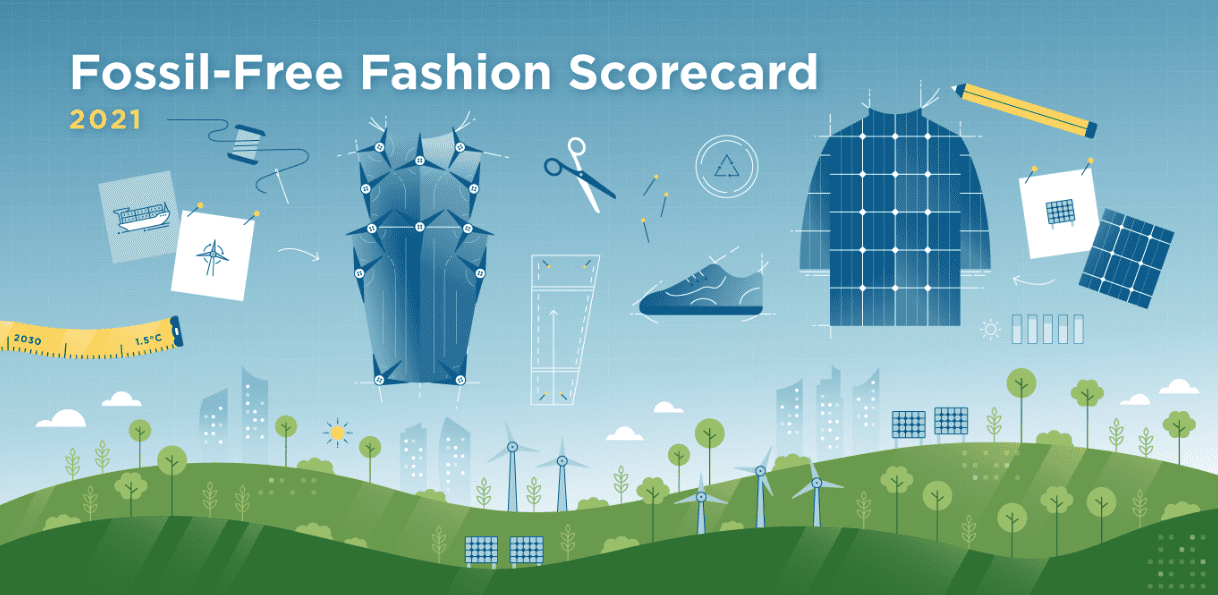
India and the UK are inching closer to a Free Trade Agreement (FTA), with potential significant impacts on the textile and apparel industry. While negotiations are ongoing, there are numerous anticipated effects on both imports and exports from this perspective. Data from the Global Trade Research Initiative (GTRI) suggests a potential $5 billion gain for India's textile and apparel exports due to the FTA.
Boost for Indian textile exports
Tariff reductions will be one of the most important effects. The UK currently imposes 4-12 per cent tariffs on Indian textiles and apparel. FTA-driven tariff reductions could make Indian products more competitive, boosting exports.
The UK is a major apparel market valued at $73.5 billion in 2022. Easier market access could open doors for Indian manufacturers, especially in segments like women's wear and home textiles. For example, as per WTO stats Bangladesh, which has an FTA with the UK, saw its apparel exports grow 30 per cent in 2021, highlighting the potential benefits for India as it could replicate this success with the UK market. The UK's growing demand for ethically sourced and sustainable clothing could benefit Indian producers who prioritize these practices.
Challenges for Indian textile imports
However, the FTA could increase competition as lower tariffs could make UK-made textiles and apparel more affordable in India especially those producing similar products at higher costs, posing competition to domestic manufacturers. Job displacement is another worry. Concerns exist about potential job losses in the Indian textile industry, particularly in segments where UK imports have a cost advantage. As Sanjay Jain, President of the Confederation of Indian Textile Industry states, "The FTA should be designed to ensure a level playing field and not lead to job losses in the Indian textile sector."
In fact, as per Peterson Institute for International Economics Vietnam's FTA with the EU led to a 10 per cent decline in its textile and apparel exports due to competition from European producers. India should learn from such examples and ensure adequate safeguards.
Also, compliance will be a major focus for Indian exporters. Meeting stricter UK regulations on sustainability and labor practices could be challenging for some Indian manufacturers. Indian textile producers will need to focus on quality and design to compete effectively.
Table: India-UK FTA and its effects
| Impact | Indian Textiles & Apparel | UK Textiles & Apparel |
| Tariffs | Reduced | Lower prices for consumers |
| Market Access | Easier | Supply chain diversification |
| Demand | Increased | Potential quality concerns |
| Competition | More intense | Price pressure |
Impact on UK imports
Reduced tariffs could lead to cheaper textiles and apparel imports from India for UK consumers. It will also lead to supply chain diversification. The UK could diversify its textile supply chain, potentially reducing reliance on other countries. However, some UK stakeholders worry about potential quality issues with cheaper Indian imports.
However, experts caution tariff reductions alone won't guarantee success. As India needs to focus on:
• Improving product quality and design.
• Enhancing supply chain efficiency and reducing production costs.
• Investing in sustainability practices to meet growing consumer demand.
• The deal should ensure inclusivity, supporting small and medium-sized enterprises (SMEs) in the textile sector.
• Addressing non-tariff barriers like technical regulations and product standards is crucial for smooth trade flow.
• The FTA should promote ethical and sustainable practices throughout the textile and apparel supply chain.
Indeed, the India-UK FTA holds promise for both countries' textile and apparel industries. However, realizing its full potential requires addressing concerns about quality, competition, and compliance. Careful implementation and strategic industry development are key to ensuring a mutually beneficial outcome.












